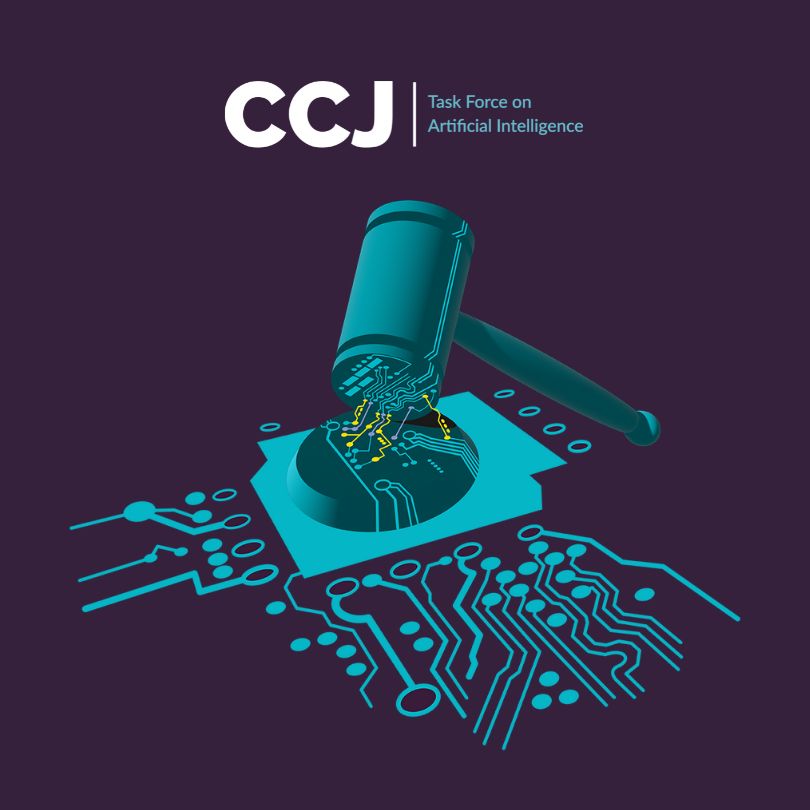Spotlighted Study: “Breaking the Cycle? Intergenerational Effects of an Anti-Poverty Program in Early Childhood,” by Andrew Barr and Chloe R. Gibbs.
Policy
Many Americans are calling for greater community investment – outside of the criminal justice system – as a way to reduce crime. A variety of anti-poverty services provided by the government and nonprofit organizations target children, in the hopes that such investments will have long-term benefits for those individuals and their communities. One such program is Head Start, a federally funded, free preschool program for low-income children. It was an early feature of President Lyndon B. Johnson’s War on Poverty in the 1960s, and initially included educational programing as well as healthcare and community development components. The hope was that Head Start would not just benefit direct recipients of its services, but help to actually break the cycle of poverty. If successful, this approach could reduce future generations’ criminal behavior and criminal justice involvement.
Research Challenge
Linking those who were children in the 1960s with data on their children’s outcomes is difficult enough, but separating the effect of Head Start from other factors that might have independently affected the next generation is even harder. Communities had to apply for federal funding in order to implement a Head Start program, so simply comparing outcomes for residents of communities that provided Head Start to outcomes for those who lived elsewhere could be misleading. Differences in outcomes might be due to differences in leadership or resources that led a community to apply for funding in the first place. Similarly, simply comparing the children of those who enrolled in Head Start to children of those who did not enroll could also be misleading, because those eligible for Head Start were, on average, economically worse off than those who were not eligible. Even if one could restrict the sample to similarly disadvantaged groups, researchers would worry that those who enrolled in Head Start had parents who were more proactive or focused on getting their kids additional resources. Any observed differences in long-run outcomes could be due to differences in their parents’ actions and the other opportunities that might result.
Research Strategy
To overcome this challenge, the researchers took advantage of the phased rollout of Head Start – combined with the specific age-targeting of the preschool program – as a natural experiment. Using data from the National Longitudinal Survey of Youth (NLSY), researchers focused on girls born between 1960 and 1964. They focused on girls in order to link the experience of the Head Start students to their children’s outcomes, as the research goal was to examine effects on the next generation. Girls who were four years old (or younger) when Head Start arrived in their county had access to the program; otherwise identical girls who were five (or older) were just barely too old and did not have access. Comparing those two sets of girls within any single county provides useful information. Even better, similar communities received Head Start funding in different years, which allowed researchers to control for broader cohort effects that might, for instance, make all children born in 1960 different from those born in 1961. By comparing long-run outcomes for low-income students just above and below the preschool age cutoff, across counties with and without Head Start, the researchers were able to measure the causal effects of access to this anti-poverty program.
Results
The researchers focus on a disadvantaged group that was a primary target of the program: girls whose mothers did not graduate from high school. Some of these girls had access to Head Start in the 1960s, as described above. The researchers then looked at what happened to those girls’ children. They found that having access to the Head Start preschool program when they were four years old reduced the likelihood that their own children (the next generation) reported engaging in criminal behavior (including any arrest or incarceration) by 49%. Access to Head Start also reduced the next generation’s rates of teen parenthood (35%), and increased high school graduation (18%) and college enrollment (34%).
What drove the effect?
Several other studies show that early childhood investments like Head Start can have long-term effects on the academic outcomes and labor market success of participants. The health and education services provided by Head Start apparently also made the girls considered in this study better off as adults, but the reasons for the big effects on the next generation are less clear. The girls’ better outcomes as adults could have enabled them to provide better opportunities to their own children in a variety of ways. Higher education and incomes might have changed who the Head Start recipients married when they were adults, made it possible to live in safer neighborhoods with better schools, and even altered their peer groups and parenting styles. All of these factors could have affected their children’s trajectories. That’s probably why the effects on the next generation were so large.
Cost-Benefit Analysis
Previous studies on the direct effects of Head Start on students’ own education and employment outcomes found that the benefits of the program outweighed the costs. These new findings show that those studies dramatically underestimated those benefits, because they did not account for the positive spillovers to the next generation. This program was thus even more cost-effective than it first appeared.
Policy Implications
This study shows that providing healthcare and higher quality education to young girls can have big benefits in terms of reducing the next generation’s criminal behavior. In this way, programs such as Head Start help break the cycle of poverty, as well as related cycles of incarceration and other criminal justice involvement. Today’s Head Start program looks different than the 1960s version studied in this paper; it focuses more on education and less on health services, which are now provided by programs such as Medicaid. In addition, children in high-poverty neighborhoods in the 1960s were far more disadvantaged than those in such neighborhoods today, so the value added by this program was probably larger then than it would be now. That said, this paper shows that past investments had big crime-reduction benefits that likely contribute to today’s comparatively low crime rates. It is always difficult to know if today’s investments will have similar long-run returns (we’ll need to wait decades to find out!), but we now have stronger evidence that anti-poverty programs are likely to be an effective crime-reduction strategy, at least over the long term.
More Information
- Probable Causation interview with Chloe Gibbs about this study.



